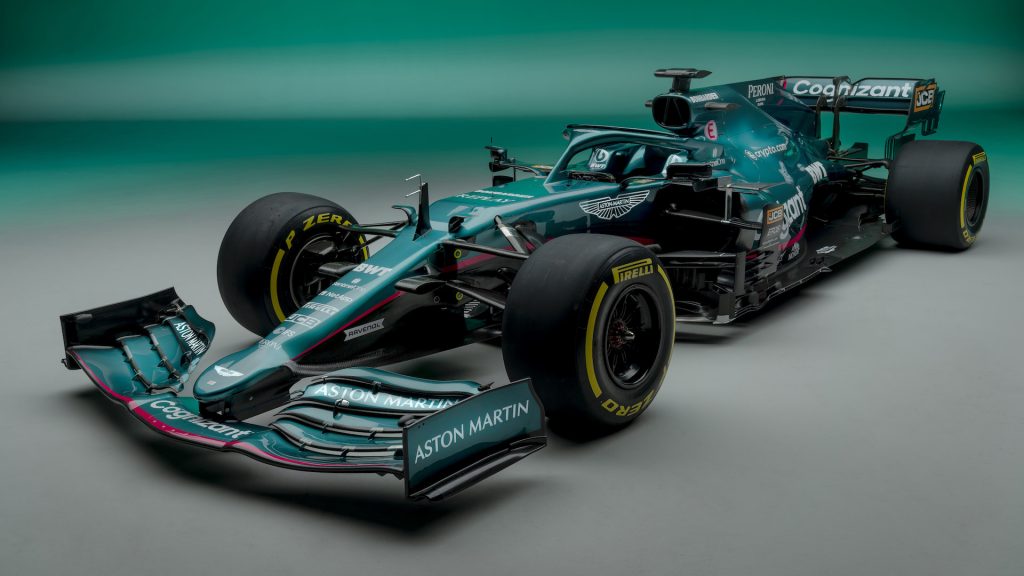As we all know, getting into Formula 1 is challenging. Supposedly, only the best of the best get to compete and are considered the most talented drivers in the world. Or are they?
See, it’s easier to determine the fastest runner in the world or the best football team. But when it comes to F1, things get a bit more complicated. Last season, Red Bull driver Max Verstappen won his first championship against a pool of 19 rivals. If we step backstage, however, a monetary handicap gives us a different outlook.
According to seven-time world champion Sir Lewis Hamilton, “Formula 1 has become a club for billionaire kids.” For many, the odds are stacked against them from the get-go. Although the chance to become a Formula 1 driver is proclaimed to be feasible, many countries lack the resources to support the talent, leaving them off the map altogether.
Karting is where you begin if you want to climb the F1 ladder. This entails spending tens of thousands on karting supplies, mechanics, and travel to various racetracks. From there, you generally advance from Formula 4 to your ultimate goal of competing in Formula 1. The cars get bigger and more powerful with each level. So does the cost of competing in them. According to a video by Athletic Interest, on average, this whole process from karting to F1 can cost about €10 million euros.
Watch: How F1 Drivers Are Extracted After A Crash
Two of the brightest stars in Formula 1, Lewis Hamilton and Sebastian Vettel, had their families put in extra hours of work to support their dreams. Even if they received funding from junior Formula teams at an early age, they paid roughly €50,000 to get there. And that was back in the 2000s. In contrast, talent like Max Verstappen invested roughly €1 million before being accepted into the Red Bull Junior Program.
Only eight drivers have joined the F1 grid in the last five years, demonstrating the scarcity of entry spots. For all of these new challenges, there are some common threads aside from talent. Either they are supported by one of the major teams, large business sponsors, or their rich family. Perhaps all three.
You can avoid the competitive hassle altogether if you are privileged to shell out money to the teams. The spotlight on this topic has been on Aston Martin driver Lance Stroll. Of course, without taking anything away from him, it must be noted that Stroll excelled in junior contests and topped the F4 and F3 driver standings. But how much of this was with the benefit of top-notch simulators, a whole crew devoted to him, and extra track time? And did we mention his dad bought shares in the teams his son competed in? Likewise, the stories of Nikita Mazepin, Nicholas Latifi, and even Lando Norris go along the same lines.
Formula 1 — and many more motorsports series — are a tricky balance of talent and cash, and the number of slots available for new drivers is extremely limited. Teams have two options: spend millions on a promising driver, or wait for a billionaire to compete with their child. Should we then concede that, with a few exceptions, Formula 1 drivers aren’t necessarily the best of the best but, rather, the greatest of the wealthy?









